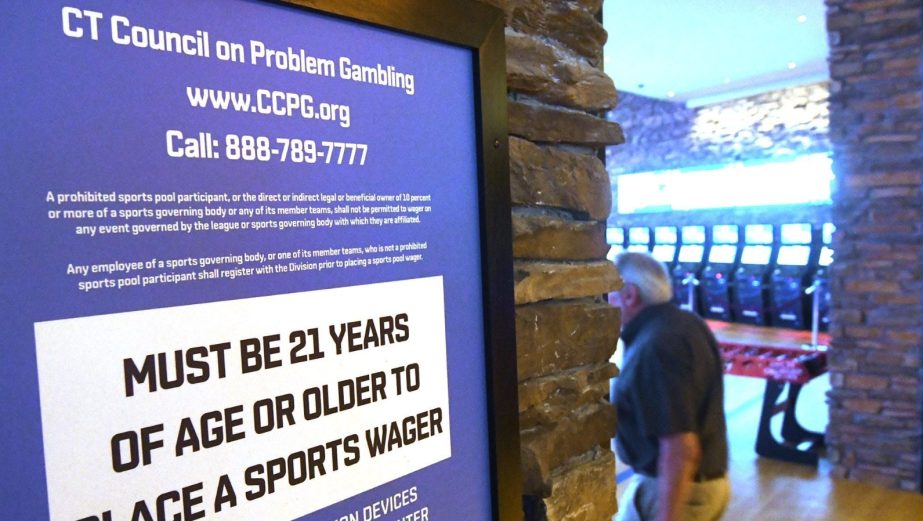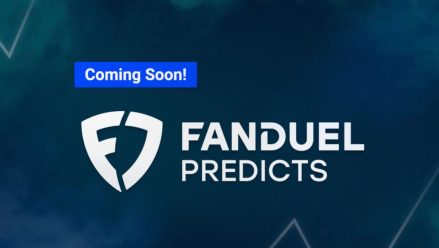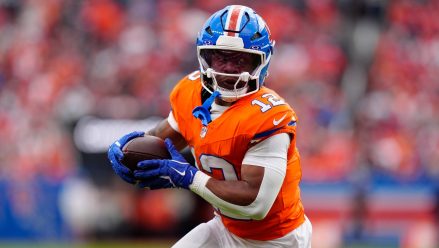“You can’t see a bodega without seeing a Kalshi or Polymarket billboard in the New York City area anymore.” — Nate Silver, on the Risky Business podcast, Nov. 8.
“I have not used any of the prediction markets yet. Nothing against them, they just really started blowing up after NFL started and I just haven’t found the time to really look at them.” — Adam Levitan, on the Levitan’s Solo Pod podcast, Nov. 9.
I’m fascinated by those quotes.
In one universe, Nate Silver, who knows a thing or two about the gambling world, cannot get a bacon, egg, and cheese on a hard roll without being confronted by prediction market advertising.
In another universe, Adam Levitan, who knows a thing or two about the gambling world, hasn’t even so much as glimpsed at prediction markets.
And I’ve spoken with other top names in the gambling world — Gadoon “Spanky” Kyrollos and Brad Feinberg immediately come to mind — who also haven’t taken a peek.
I have a lifelong gambler friend — poker, blackjack, betting football, college hoops, the horses (he owns horses) — and I mentioned something to him about Kalshi a few weeks back.
“Never heard of it,” he told me.
Something tells me these worlds are going to be colliding very, very soon.
Here’s a prediction: By this time next year, your Aunt Gertie is going to know what a prediction market is.
You have Kalshi and the imminent launch of Polymarket. DraftKings and FanDuel are pushing their chips in. Oh, and Underdog. And PrizePicks. Robinhood is already there with its Kalshi deal. Crypto.com. The Financial Times reported that Fanatics is looking. Sporttrade is knocking.
I’m sure I missed one or 12, but you get the general idea.
Let’s metaphor it: We’re standing on the beach, and a tsunami is bearing down on us.
Except most beachcombers don’t see it coming, and even the people who make their living inside the gambling space where these prediction markets will crash to shore aren’t exactly rushing to pack up their beach chairs.
Remember the DFS wars? DraftKings and FanDuel spent hundreds of millions of dollars carpet-bombing every NFL broadcast in 2015. You couldn’t watch a game without seeing their ads three times per quarter. Then came the post-PASPA sports betting land rush — the promos, the celebrity endorsements, the Super Bowl spots. Everyone fighting for the same customers, spending insane amounts to acquire them.
And what have we learned from these marketing blitzes? Customer acquisition costs in gambling are astronomical, but if the lifetime value is there, companies will spend whatever it takes.
So buckle up, because it sure seems like prediction market ad spending is about to explode. How could it not?
Markets building war chests
Polymarket just raised $2 billion from Intercontinental Exchange. Kalshi pulled in $300 million in October, and rumors suggest another mega-raise is coming. Add in Crypto.com, PrizePicks, Truth Social, and Gemini, and you have a feeding frenzy forming. Crypto investor Cameron Winklevoss said prediction markets “remind us a lot of what Bitcoin felt like in 2012,” according to the Earnings + More substack.
FanDuel is already preparing to lose up to $350 million on its prediction market product by the end of 2026. Flutter’s earnings report laid it out: $40 million-$50 million in Q4 2025, then $200 million-$300 million in 2026, with most of that coming in the second half of the year. You know, right around football season.
The timeline is clear on when the advertising apocalypse begins.
“I think the Super Bowl is when it starts,” says Adam Rosenberg, a marketing consultant who tracks the space closely. “Then it goes big for March Madness, then the NBA playoffs.”
Here’s the problem
The economics of prediction markets, however, are … well, “unknown” is probably charitable.
“The unit economics of U.S. online gambling are borderline insane with customer acquisition costs very high and out-of-home marketing deals extremely expensive, but PMs don’t get to benefit from the corresponding high LTVs to the same extent as traditional OSB,” said Alun Bowden, senior vice president of strategic insight at Eilers & Krejcik Gaming (EKG).
Translation: It’s already crazy expensive to acquire gambling customers. But at least with sports betting, the lifetime value justifies the spend. With prediction markets? Nobody knows yet.
FanDuel CEO Peter Jackson acknowledged as much on Flutter’s earnings call. The company is taking a “very disciplined approach,” he said, carefully monitoring customer acquisition costs versus lifetime value. “We’ll know a lot more in the first couple of quarters next year once we get some traction and see what the LTVs look like.”
DraftKings CEO Jason Robins said almost the same thing a week earlier, calling the company “measured” in its investment, taking “very conservative views on LTV and a very conservative approach to payback periods.” Why? “One, we don’t have any data and, two, we don’t really know what the future of this product will ultimately look like.”
Read between the lines: They’re about to spend hundreds of millions of dollars on a product they can’t model.
Chris Grove, partner at EKG, put it bluntly in the Substack: The ultimate business model for pure-play prediction markets “is probably not customer fees alone.” It’s “probably some mix of customer fees, taker fees, other fees, add-on subscription products similar to Robinhood Gold advertising, and cross-sell to a broader portfolio of related products like crypto trading.”
In other words, these companies are going to throw money at customer acquisition for a product where they haven’t figured out how to make money yet.
Smart(er) money?
Here’s a potential twist, though. FanDuel and DraftKings — all of a sudden the grand dames of the online gambling world — aren’t going full kamikaze here, at least according to their CEOs. They learned from the first two wars.
“From an advertising standpoint, the reason I ultimately think FanDuel and DraftKings are going to win out is because they understand the consumer they’re branding to en masse way better than Kalshi or Polymarket,” Rosenberg said. “From a marketing and advertising standpoint, it’s going to be an upstream swim for all these guys who had a head start once DK and FanDuel have their stuff in the market, because DK and FanDuel are basically letting these other people do the early-adopter work for them.”
Translation: The established players have millions of existing customers. They don’t need to spend a fortune acquiring new ones. They just need to convert the ones they already have. Let Polymarket and Kalshi blow their billions educating the market. FanDuel and DraftKings will swoop in and scoop up the customers who already trust them.
Or, as Robins told In Game last week when asked if DraftKings’ DFS client list will once again do a lot of the heavy lifting in customer acquisition: “I certainly hope so.”
What happens next
So yeah, Aunt Gertie is going to know what a prediction market is by this time next year. She’s almost certainly going to be bombarded with advertising during the Super Bowl, during March Madness, during every major sporting event. Polymarket and Kalshi are going to spend like drunken sailors. FanDuel and DraftKings are going to spend strategically. Every company with a gambling license and a marketing budget is going to throw elbows trying to get in on this.
And at the end of it all, we’re going to find out if anyone can actually make money on this thing.
My prediction? A lot of companies are going to learn some very expensive lessons. But, hey, at least the ad agencies will have a good year.






